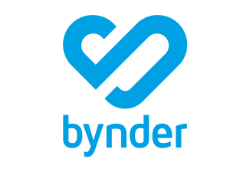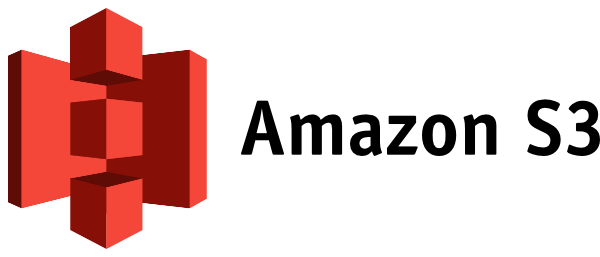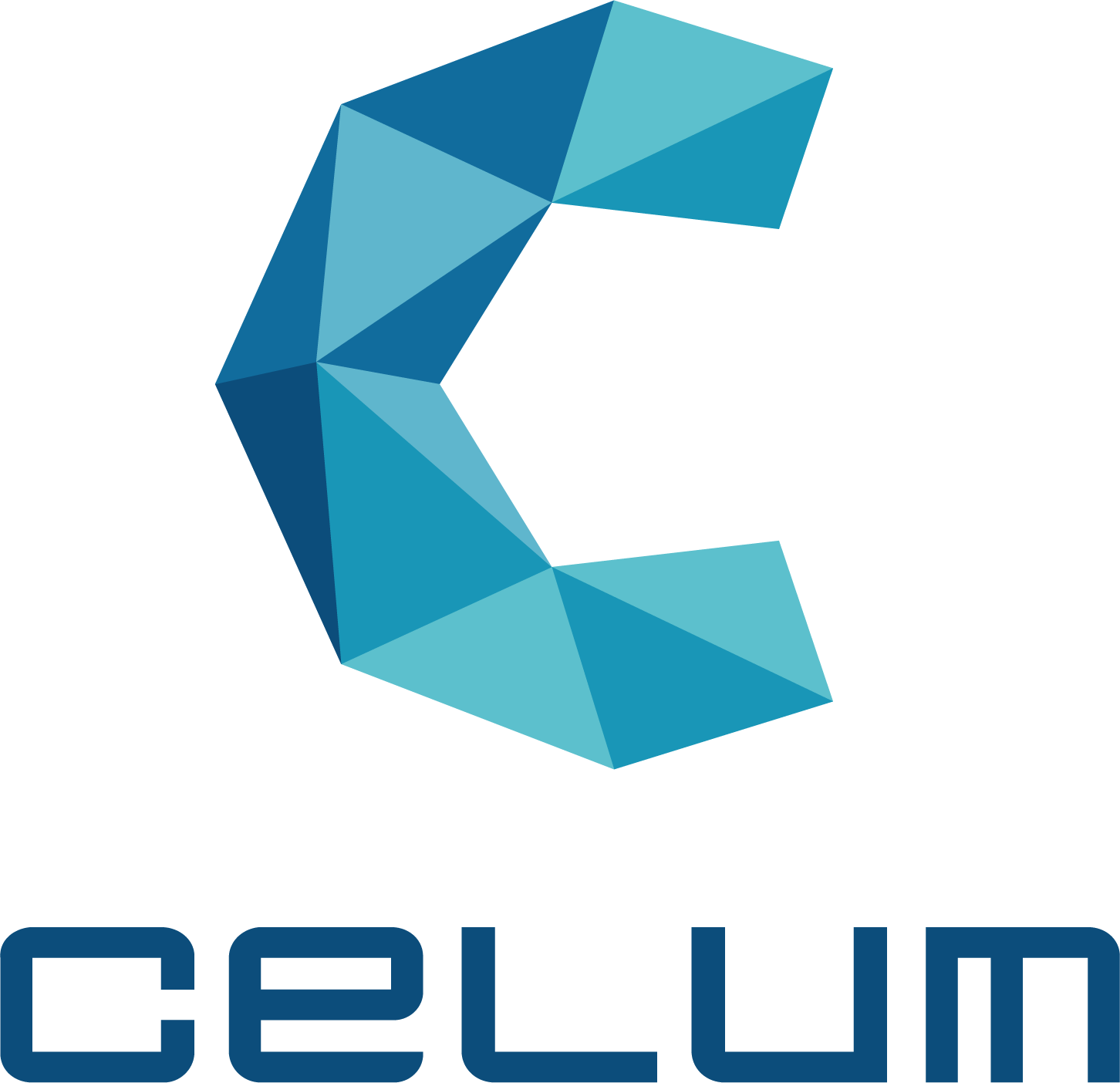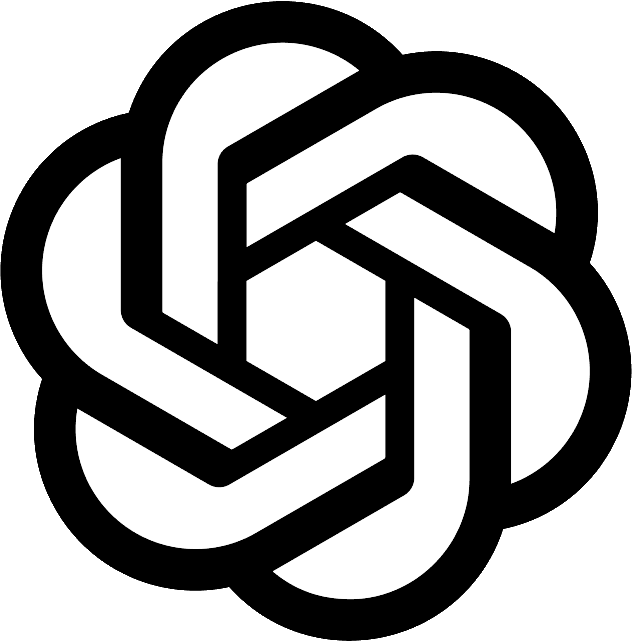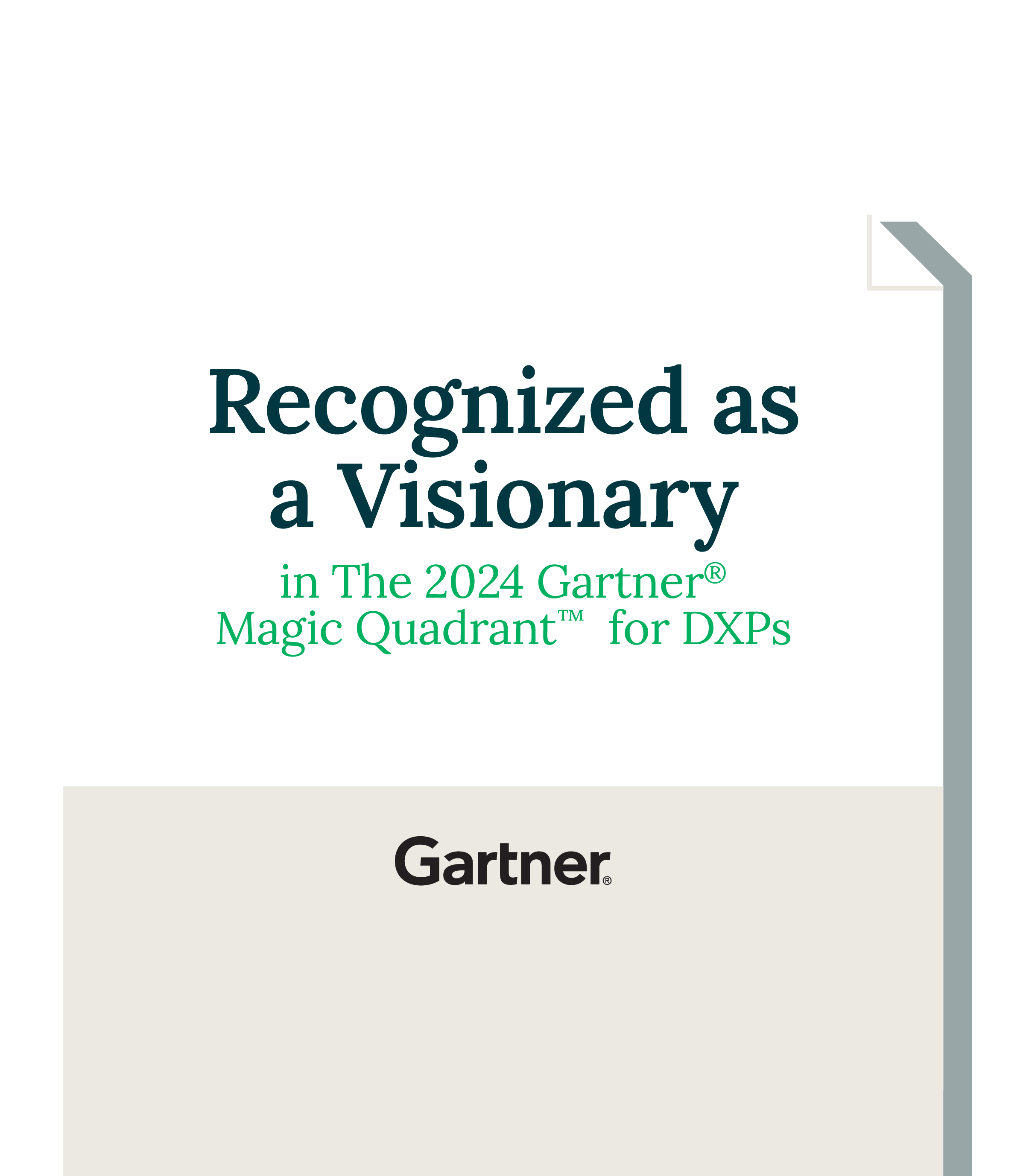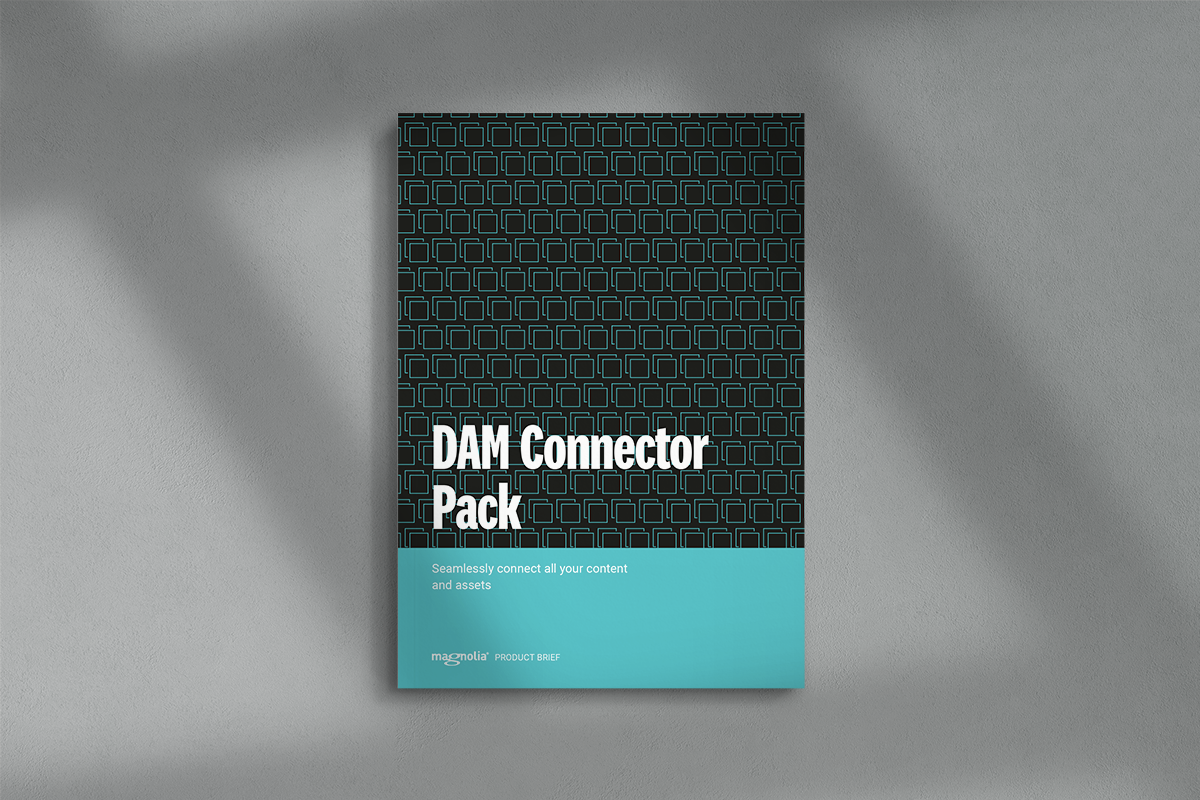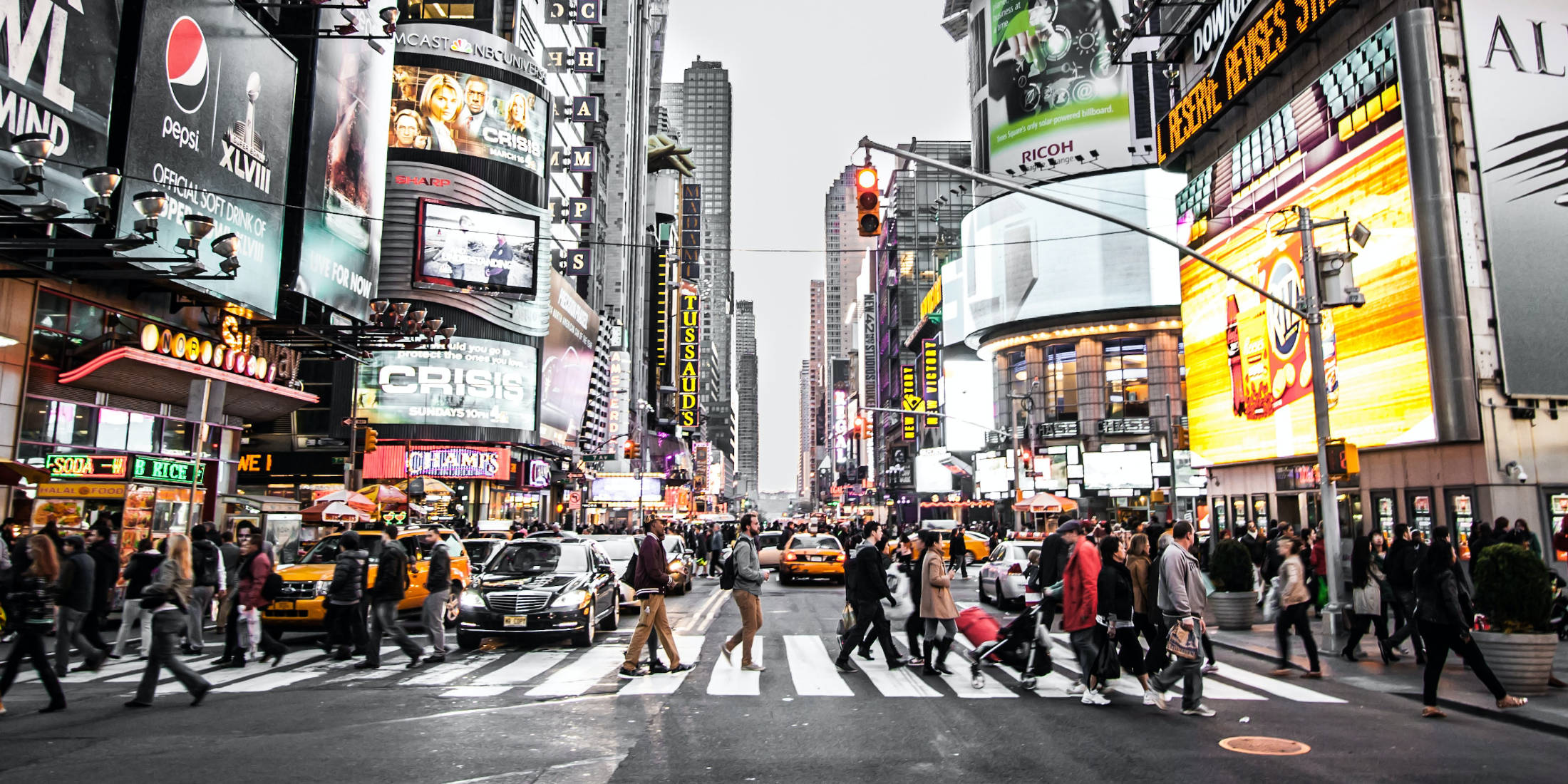Magnolia DAM 解决方案的优势
全局搜索
使用由 AI 驱动的强大搜索功能,从 Magnolia 自带的 DAM、集成的外部 DAM 或同时从两者中检索数字资产。使 Magnolia 成为内容、数字资产以及任何与市场营销团队相关的其他数据的中央枢纽。
自动标记图像
利用 AI 算法助力的图像识别功能,为图像自动标记关键主题。若想使用功能更强大的图像识别功能,可以轻松对 Magnolia 进行配置以使用 Amazon Rekognition,确保您的营销团队可以快捷地找到所需图像。
图像编辑器
营销人员使用 Magnolia 内置的图像编辑器就可以满足日常的图像处理需求。他们无需再切换到其他系统,就可以快速对图片进行编辑。对于不同的前端设备/图片尺寸要求,也无需上传多个同一图像的版本。
连接器
如果您不想将数字资产迁移到 Magnolia,可以将其保留在现有系统中。预先搭建的 DAM 连接器可让您集成任何外部 DAM 系统。如果没有预先开发的接口,只需使用 Magnolia 强大的 REST API 来集成您选择的外部 DAM。
链接 DAM 系统
您不需要将数字资产从现有的 DAM 中迁移到 Magnolia,也不用完全将 Magnolia 内置的 DAM 弃之不用,而是结合外部和 Magnolia 的 DAM 系统来满足特定的业务需求。系统经过集成后,营销人员就能够通过 Magnolia 的用户界面在所有 DAM 系统中搜索和调用数字资产,就像所有数据都存储在 Magnolia 中一样。
客户体验
将内容和视听化数字资产整合在一起,即可形成更具吸引力的数字体验。使用 Magnolia,可以轻松部署数字资产以改善客户体验,进而推动实际业务成果。

Headless asset management in Magnolia CMS
Headless asset management is a modern approach to handling digital assets. In this context, "headless" refers to separating the backend asset management functionalities from the frontend user interfaces. Traditional asset management systems often tightly couple the management and delivery of assets, making it challenging to leverage assets across various channels and touchpoints.
Magnolia CMS recognizes the importance of headless asset management and offers native capabilities in this area. While Magnolia is primarily a content management system, it can also function as a headless asset management system, allowing for the storage and management of digital assets.
It also seamlessly integrates with external headless digital asset management systems like Cloudinary.
By integrating with a best-of-breed DAM system, Magnolia empowers editors and content creators to access and utilize images, videos, and other media assets directly within the Magnolia user interface. This integration streamlines the content creation process, as editors can conveniently embed assets from the external DAM into pages and other experiences they build using Magnolia.
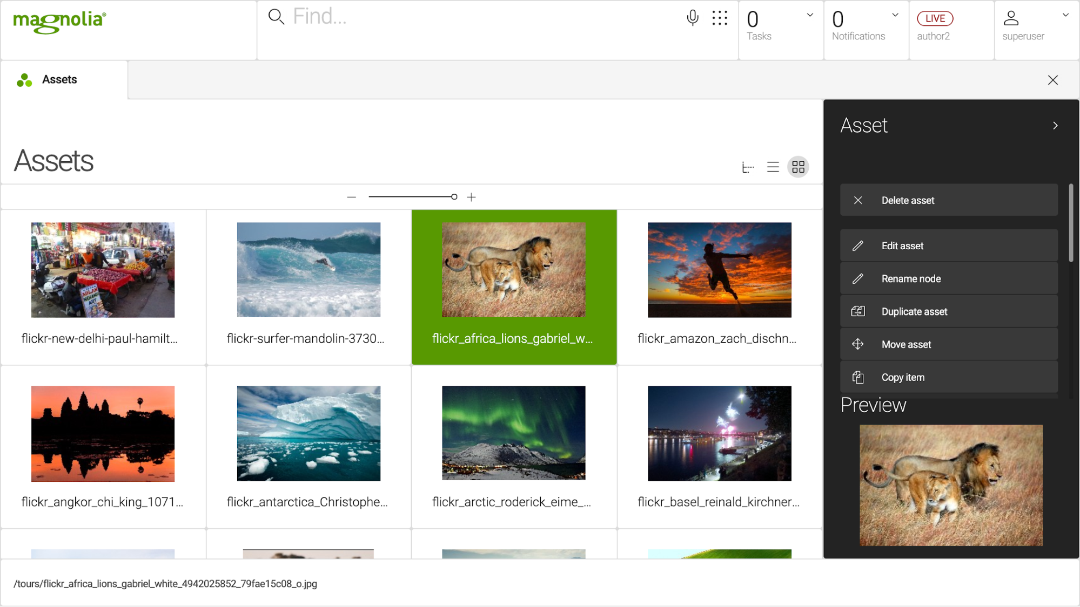
专为内容创建者设计的 DAM 功能
通过提高系统可用性,最大限度地利用您宝贵的数字资产。通过跨系统搜索,找到您的内容所需的数字资产,并让 Magnolia 自动配置适用于不同前端显示设备的版本,让您能轻松创建引人入胜的内容。
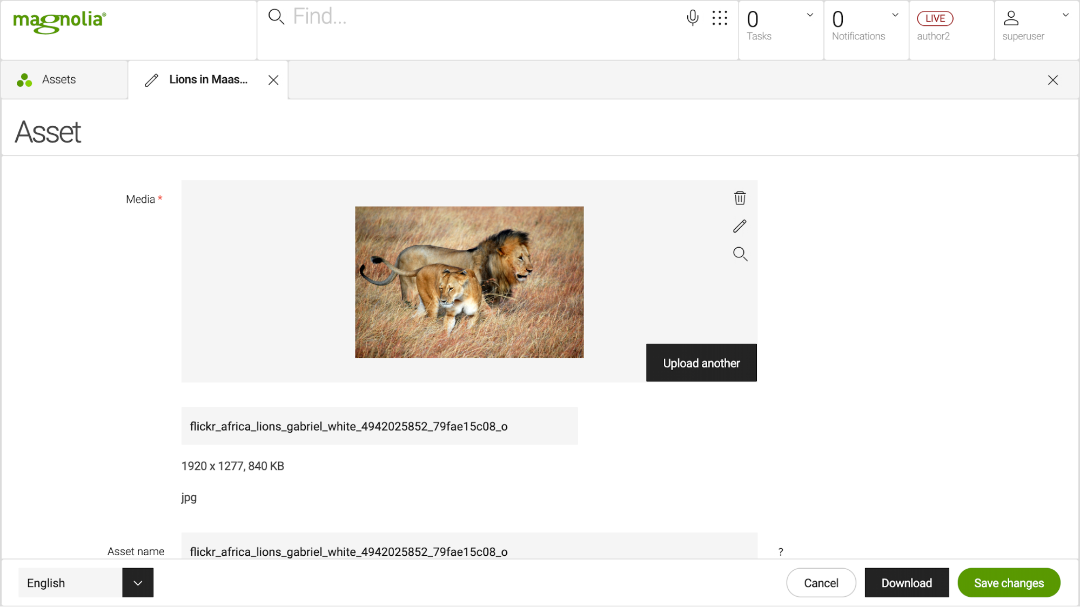
企业级数字资产管理
DAM 功能可避免不同的团队成为数据孤岛。难以搜索或丢失的数字资产是营销团队的巨大,但可避免的损失。Magnolia 的 AI 驱动标记功能、元数据和搜索功能可确保营销人员能快速找到所需的数字资产。
FAQs
What is DAM vs CMS?
DAM, also known as digital asset management, and CMS, which stands for content management system, are two distinct concepts in digital content management.
DAM is a single source of truth for an organization's digital assets. It is a central repository where assets like images, visuals, audio, and more are stored and organized. DAM is a robust system designed to handle and optimize the management of digital assets.
On the other hand, CMS is a powerful software platform primarily used for content creation, publication, and management on your website, mobile app, etc. It allows multiple users to collaborate seamlessly on various content-related tasks in an organization. With a CMS, organizations can create and edit content, maintain version control, and manage workflows.
How does CMS and DAM work together?
The following explains how CMS and DAM work together.
- Centralized asset repository: DAM is a centralized location for storing digital media files or assets. CMS can integrate with DAM to access these assets, making it easier for content creators to find and utilize them within the CMS platform.
- Metadata and tagging: DAM possesses metadata management abilities that allow users to add descriptive tags to assets. This can improve search capability and discovery within the CMS interface.
- Version control and collaboration: DAM systems often include version control features to manage asset versions which allows users to track different versions of digital media files including the entire content lifecycle. CMS can benefit from this functionality, ensuring that the latest and approved versions of assets are utilized in the content creation process.
- Workflow and approval processes: DAM systems offer asset workflows and approval processes that enable collaborative asset creation and ensure proper reviews before publishing. CMS platforms can integrate with these DAM workflows, facilitating seamless content approval and publishing processes.
What is the difference between headless CMS and DAM?
Headless CMS focuses on content management and delivery, while DAM focuses on organizing and managing digital assets such as images, videos, and documents.
Is DAM part of CMS?
Yes, DAM is an essential component of many CMS platforms. It provides a centralized system for organizing, storing, and managing digital assets such as images, videos, documents, etc.
What are the different types of CMS?
The three different types of CMS are:
- Traditional CMS: Traditional CMS platforms are typically designed for content management and publishing purposes. They provide a user-friendly interface for creating, editing, and organizing content.
- Headless CMS: Headless CMS separates content management capabilities from the presentation layer. It allows content to be stored and managed separately from the frontend, enabling greater flexibility in delivering content to various digital channels and devices.
- Hybrid CMS: Hybrid CMS combines the features of traditional and headless CMS. It offers both content management and delivery capabilities, providing flexibility for organizations to manage content and deliver it through multiple channels, including websites, mobile apps, and IoT devices.

